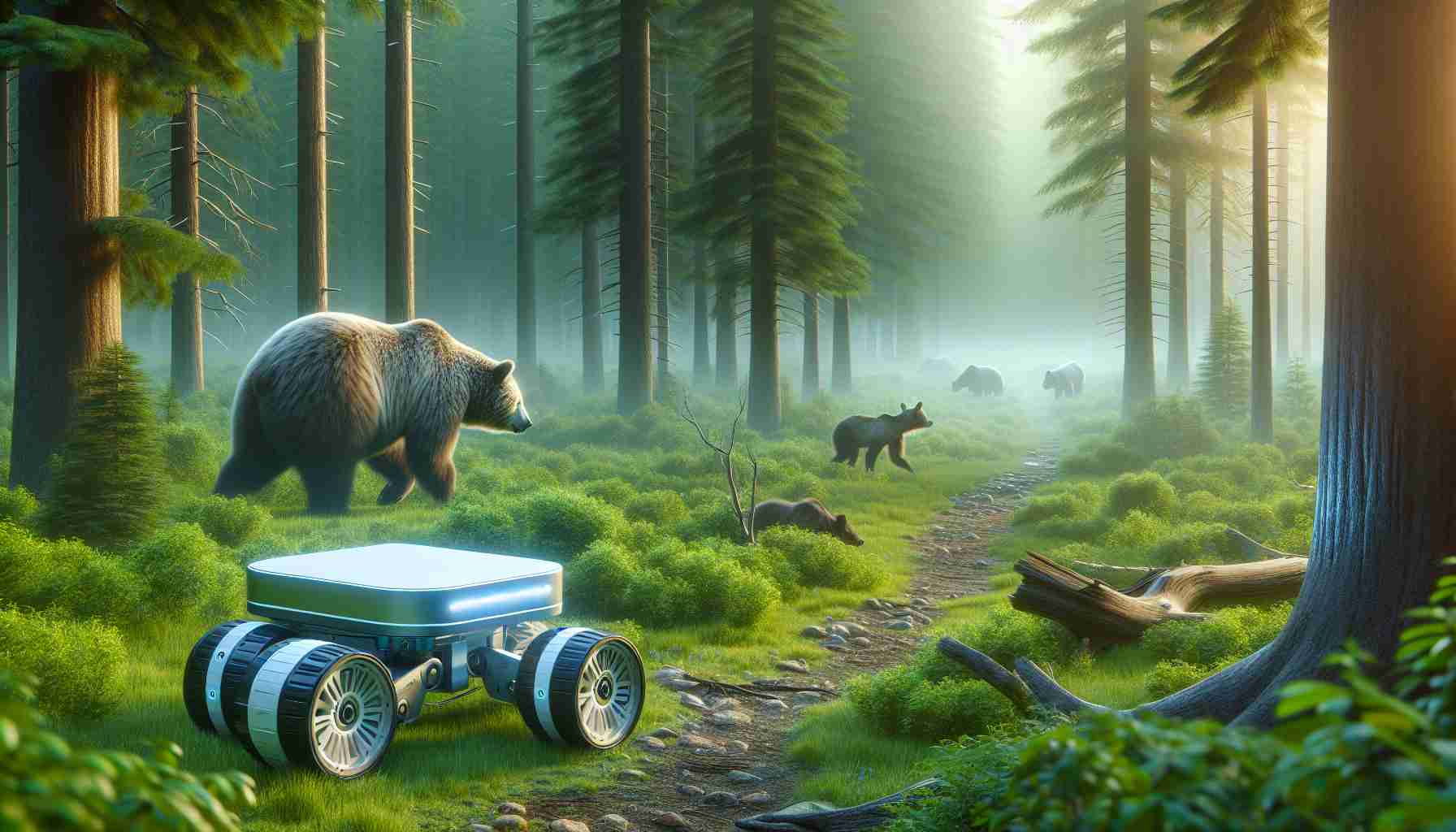
Innovative technology continues to play a pivotal role in wildlife conservation efforts. A groundbreaking artificial intelligence-based solution developed by a Tamil Nadu start-up is poised to revolutionize the way we address human-animal conflicts, ultimately safeguarding lives and preserving properties in areas adjacent to forests.
This pioneering system utilizes advanced algorithms to analyze animal movements and effectively identifies instances where wildlife encroaches upon human settlements. By doing so, it initiates customized alarms and frequencies that serve as powerful deterrents, compelling wild animals such as elephants and tigers to retreat.
Replacing direct quotes with descriptive sentences, PG Ragavandir, the mastermind behind this incredible innovation, sheds light on how his AI-driven solution mitigates the catastrophic consequences of human-animal conflicts. With his groundbreaking system, Ragavandir focuses on effectively minimizing threats to both individuals and wildlife alike.
With the integration of artificial intelligence, this state-of-the-art technology possesses immense potential to create a harmonious coexistence between humans and animals. It provides an efficient and sustainable approach to conserving natural ecosystems by addressing the root causes of conflicts. The capability to promptly identify and respond to animal movements not only saves the lives of vulnerable human populations but also prevents the destruction of valuable properties.
Wildlife conservation has always been a complex challenge, requiring continuous innovation and adaptation. The implementation of AI-based solutions, as demonstrated by this groundbreaking effort, marks a significant step forward in our ability to protect both human lives and animal habitats. By employing cutting-edge technology to address the intricate dynamics of human-animal conflicts, we foster an environment wherein humans and wildlife can thrive side by side, promoting both safety and biodiversity conservation.
FAQ:
1. What is the innovative technology discussed in the article?
The innovative technology discussed in the article is an artificial intelligence-based solution developed by a Tamil Nadu start-up. It analyzes animal movements and identifies instances where wildlife encroaches upon human settlements in order to prevent human-animal conflicts.
2. How does the AI-driven solution work?
The AI-driven solution utilizes advanced algorithms to analyze animal movements and effectively identifies instances where wildlife encroaches upon human settlements. By doing so, it initiates customized alarms and frequencies that serve as powerful deterrents, compelling wild animals such as elephants and tigers to retreat.
3. What are the benefits of this technology?
The technology aims to create a harmonious coexistence between humans and animals by addressing the root causes of conflicts. It saves the lives of vulnerable human populations and prevents the destruction of valuable properties by promptly identifying and responding to animal movements.
4. How does this technology contribute to wildlife conservation?
This technology contributes to wildlife conservation by mitigating the catastrophic consequences of human-animal conflicts. By employing cutting-edge technology to address the dynamics of these conflicts, it protects both human lives and animal habitats, promoting safety and biodiversity conservation.
Key terms and jargon:
– Artificial intelligence: Technology that enables machines to mimic human cognitive functions such as learning and problem-solving.
– Human-animal conflicts: Situations where the habitats of humans and wild animals intersect, often resulting in negative consequences for both parties.
– Alarms and frequencies: Customized alerts and signals used to deter animals and prevent them from encroaching upon human settlements.
Suggested related links:
– World Wildlife Fund (WWF)
– International Union for Conservation of Nature (IUCN)
– National Geographic – Animals
[embedded content]
